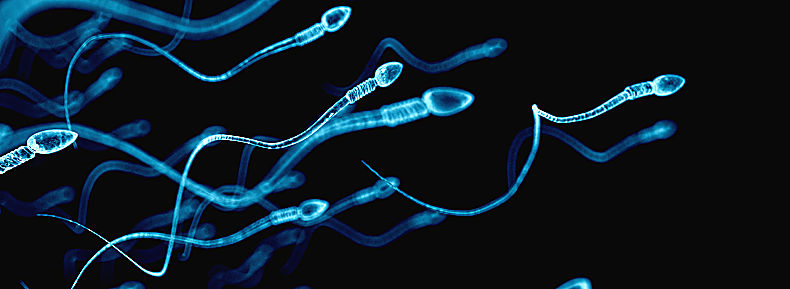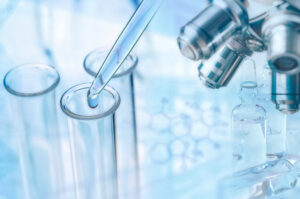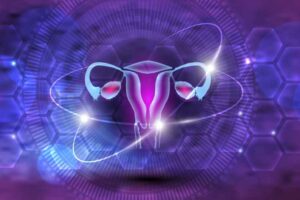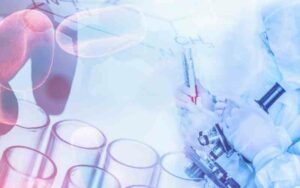The focus on male reproduction and spermatozoa is a challenge in reproductive medicine. Although there are many spermatozoa in the ejaculate, it only takes one to lead to success. However, some sperm successfully fertilize an oocyte and lead to a healthy child while others lead to embryo arrest or miscarriage. What leads to this difference? Further there is great inefficiency in the male reproductive system. Only 10% of sperm which successfully fertilize an oocyte leads to a healthy child. Why is this system so inefficient? Can we improve it?
The field of male reproductive medicine experienced a breakthrough nearly 3 decades ago when intracytoplasmic sperm injection (ICSI) was introduced. However, since that time the field has remained somewhat static with few additional major breakthroughs in patient care. The standard semen analysis has remained largely unchanged and only recently has there been a renewed focus on the precise description of sperm physiology. Despite the fact that maternal ooplasmic contributions seem to be a driving force in reproductive success, the contribution of the genetic material from the male cannot be understated. This is particularly true with assisted reproduction. The gamete processing and utilization become all the more important.
Within an ejaculate, you may find that every single sperm is theoretically unique from the genetic viewpoint. This begs the question: how do laboratorians choose? All oocytes that are mature are utilized in an IVF cycle, but only a tiny fraction of the sperm is chosen.
What if among them you discarded the right one? A good sperm selection protocol may change the whole picture, improving the embryos’ cohort quality. So far, several sperm phenotypical and molecular markers of fertility have been described and are thought to be related with reproductive success. DNA integrity, membrane charge, apoptotic traits, hyaluronic acid receptors, and platelet activating factor are among these. Some of these characteristics show promise in sperm selection utilizing techniques from ultra-high magnification, magnetic activated cell sorting, physiological ICSI, hypoosmotic swelling test, electrophoresis, microfluidic devices, and birefringence. However, the data surrounding these markers and the techniques used to study them remains sparse.
To find a path forward we must first find and define the molecular traits which identify the best sperm to be selected (or the worse to be removed). Second, we must develop selection techniques which are “sperm friendly”, enabling to select and maintain cell viability in a cost/effective manner.
Finally, there is an obvious need for well-designed and sufficiently powered clinical trials in order to demonstrate the benefits of any technique. Although at times costly, this is imperative before a technique is offered to patients.
Can you imagine diagnosing the exact causes of a male’s reproductive failure by evaluating the sperm with a multiparametric diagnostic tool? Can you imagine selecting, among millions, the unique sperm cell exhibiting the best phenotypic or molecular traits? It is difficult to think this will not improve outcomes for our patients.





